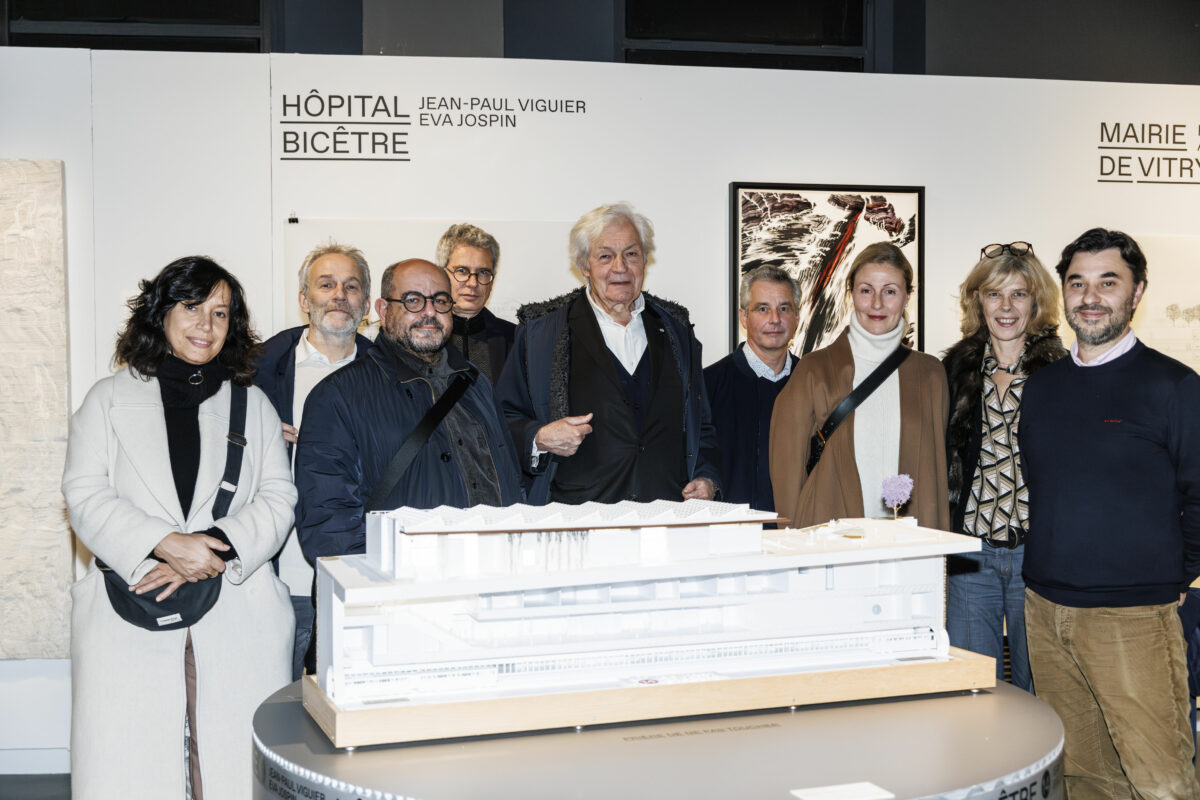Exhibition — “Métro ! Le Grand Paris en Mouvement”
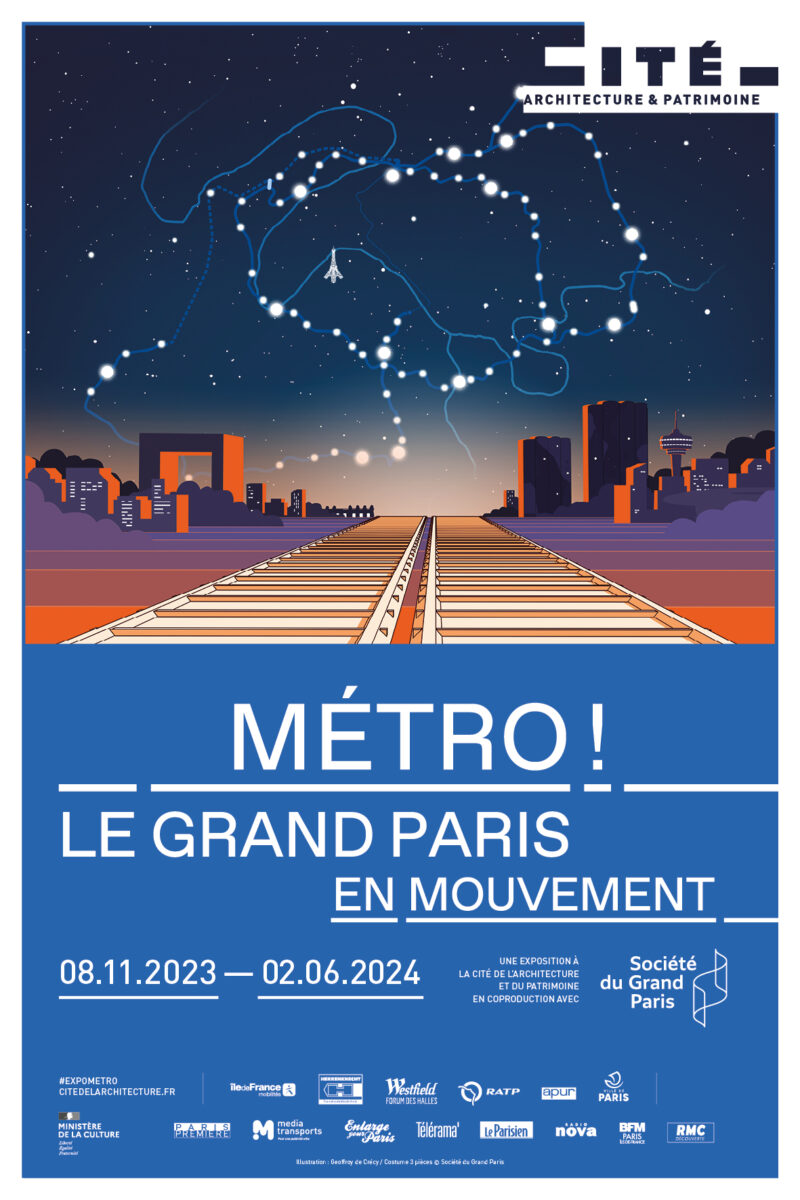
The immense ongoing construction of the Grand Paris Express offers an exceptional opportunity to reconsider mobility on the scale of a territory – that of a metropolis of 12 million inhabitants. Through the double loop of its route, and its 4 new metro lines, this new infrastructure gives shape to a Greater Paris whose contours have continued to be redrawn for a century. Sixty-eight new stations in total, where architects and artists have jointly developed a project for a place serving residents and travelers. Being interested in mobility as in urbanity, this is the challenge of this exhibition which combines the history of technology, visionary projects and the fictional universe linked to the metro, projecting the visitor into a new mental map of the Greater Paris.
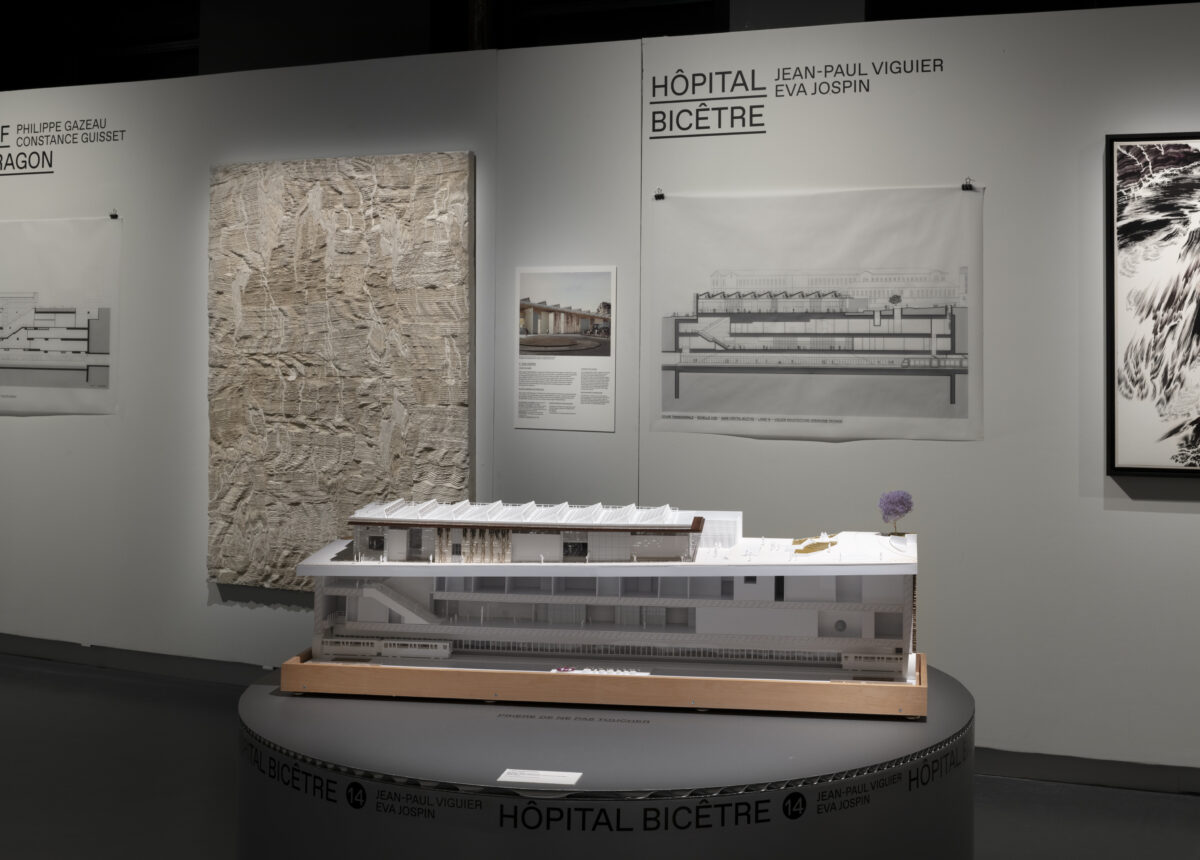
VIGUIER is pleased to participate in the exhibition by presenting the Kremlin-Bicêtre Hôpital station in this beautiful retrospective on the Paris metro and the discovery of the future stations of Greater Paris. As part of the artist-architect tandems of Greater Paris stations, VIGUIER is joining forces with the artist Eva Jospin to create a lasting work of art and sign the identity of the site.
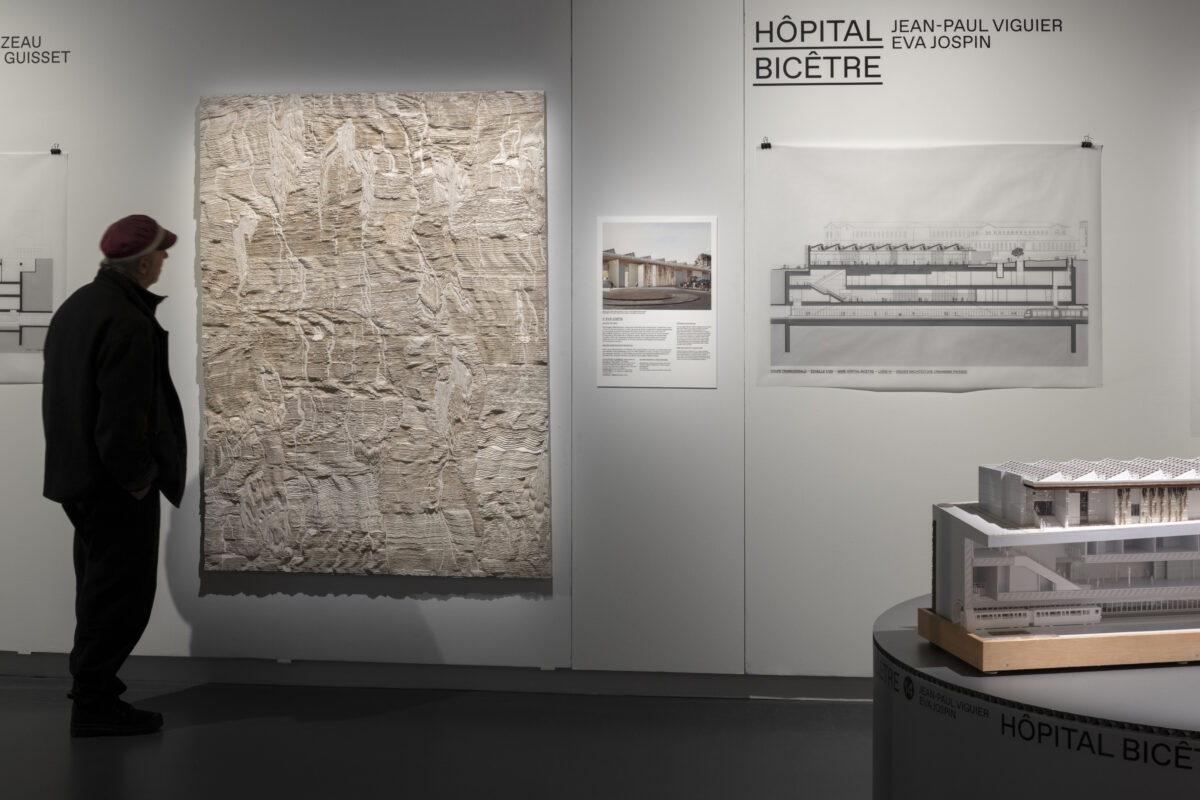
Located in Kremlin-Bicêtre, along rue Gabriel Péri and the A6b motorway, the Kremlin-Bicêtre Hôpital station serves the eponymous town and that of Gentilly. Line 14, extended from Olympiades station to Orly airport, improves and completes accessibility to the hospital. The station is located in a dense urban area where several reconversion projects are preparing to revitalize the sector, notably the “Entrée de Ville southwest” eco-district in Kremlin-Bicêtre. The urban planning choices for this part of the city, the requalification of rue Gabriel Péri with the growing importance of the CHU Bicêtre and the future presence of the new station contribute to these major developments.
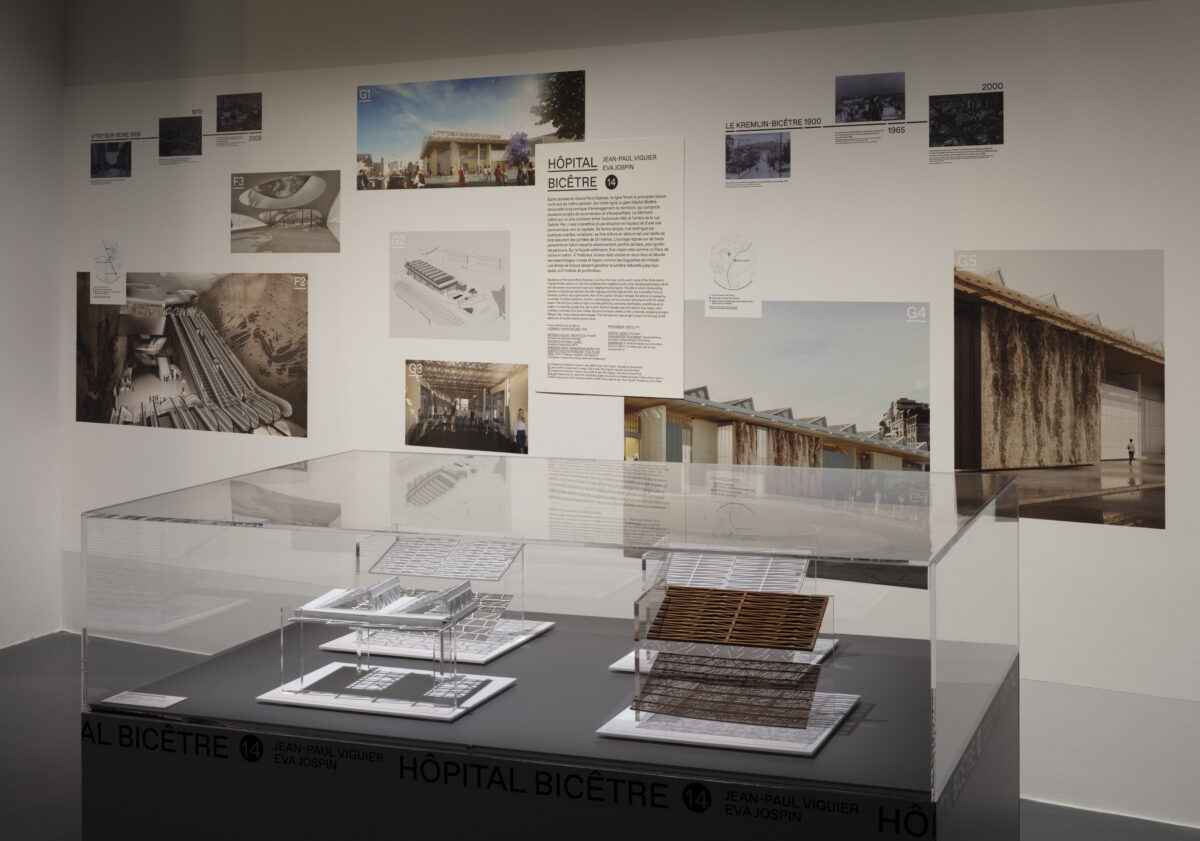
The station, one of whose particularities is that its platforms are buried 22 meters underground, is located along rue Gabriel Péri which dominates Paris. Its forecourts and pedestrian spaces are oriented towards panoramic views of the capital. The roof of the station acts as an identifying element of the project. The specific universe of the Kremlin-Bicêtre Hôpital station is constructed through the horizontality of the large roof and the casual sequence of the elementary walls. Favoring the use of wood for its structure and subface, a large roof will bring a particular atmosphere to the station hall, an impression of well-being specific to the senses.
